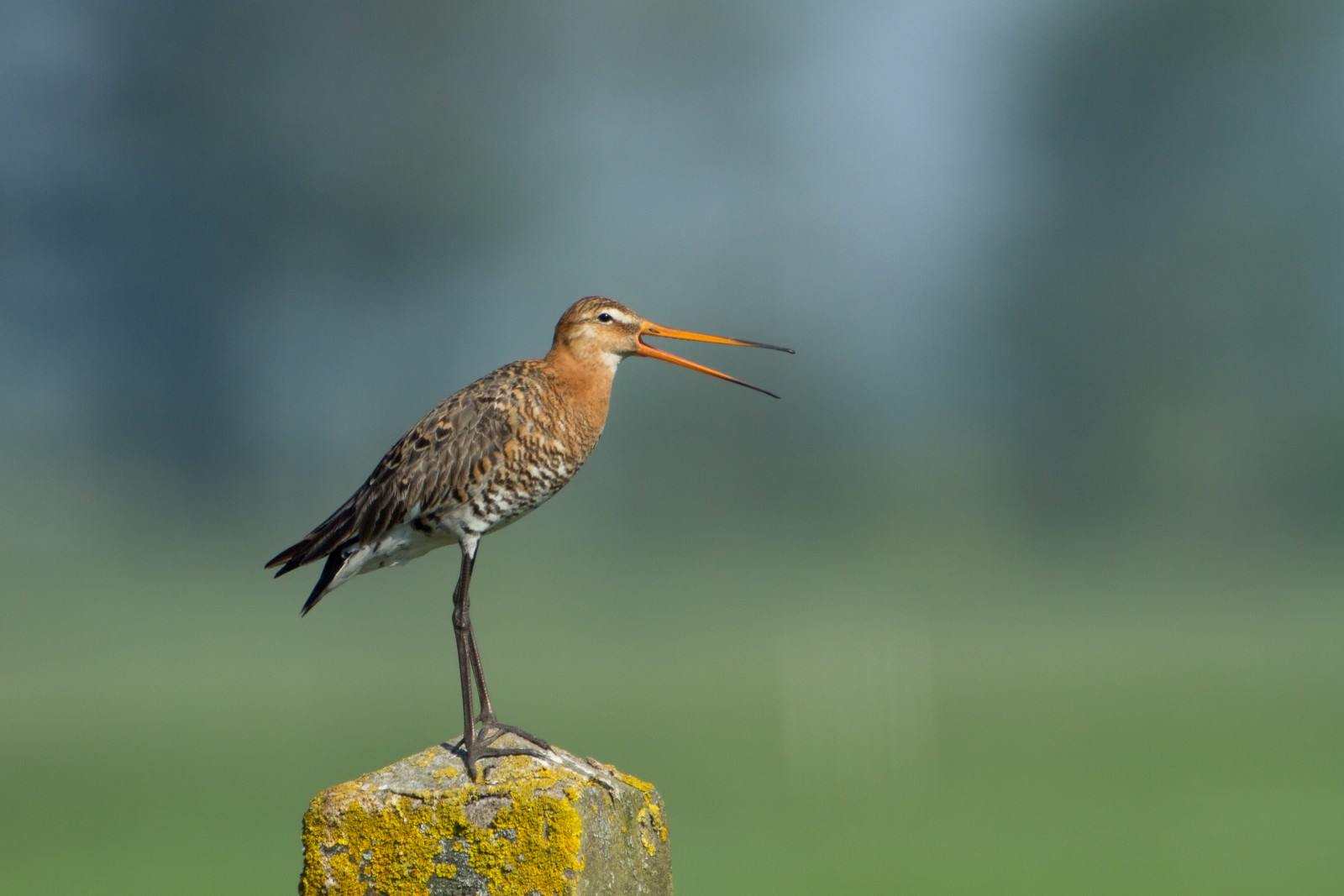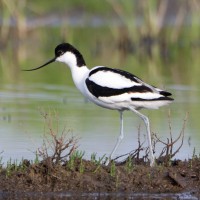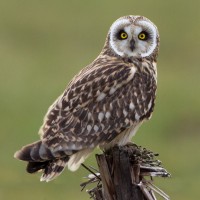Description
Freiston Shore protects 683 hectares of saltmarsh and mudflats for wintering, passage and nesting birds. A 15 hectare saline lagoon has been created, a rare habitat that holds breeding waterbirds, especially Kılıçgaga and Halkalı cılıbıt. 72 hectare of sheep fields and arable land is converted into a wet grassland for the benefit of breeding waders and waterfowl.
During spring, look out for Kılıçgaga and Poyrazkuşu nesting on the lagoon, Tarlakuşu and Tarla kirazkuşu singing, migrants such as Kuyrukkakan, Sarý kuyruksallayan and Dere düdükçünü. In autumn, thousands of waders such as Büyük kumkuşu, Karakarınlı kumkuşu and Poyrazkuşu roost on the lagoon at high tide. Winter sees large flocks of Altın yağmurcun, Kızkuşu and other waders on the saltmarsh and mudflats and thousands of Yosun kazi and Fiyu feed on the wet grasslands. Spot birds of prey such as Kır baykuşu, Gökçe delice and Boz doğan hunting over the saltmarsh. Up to 5000 Çamurçulluğu spend the winter in the surrounding areas.
Details
Access
From Boston, take the A52 road towards Skegness. Upon reaching Haltoft End (2 miles/3 km), turn right and follow the brown tourism signs from here to the reserve. Parking is £1 per car (free for RSPB members).
Terrain and Habitat
Wetland , Mud flats , GrasslandConditions
Flat , Open landscapeCircular trail
YesIs a telescope useful?
Can be usefulGood birding season
All year roundBest time to visit
Spring , WinterRoute
Wide path , Narrow trailDifficulty walking trail
EasyAccessible by
FootBirdwatching hide / platform
YesExtra info
At Freiston Shore you can get excellent views of waterbirds on the saline lagoon, especially at high tide when wading birds roost, sometimes in their thousands. The saltmarsh is good for watching hunting birds of prey, while Pufla and Tarakdiş and other diving ducks can be seen offshore during winter.



